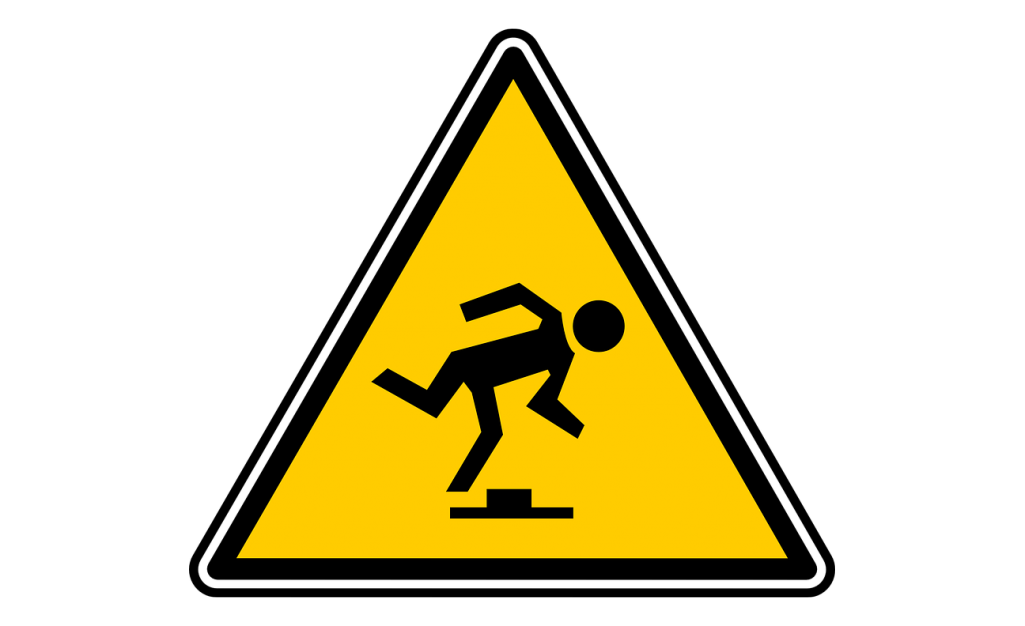Table of contents
Overview
A unit encapsulates a signal processing algorithm and exposes it parameters as controls. Signal enters a unit either from the left or via its control ports (from below). A unit outputs the final signal to the right. Stereo chains will contain only stereo units, while mono chains will contain only mono units.
If you move the cursor over to any unit’s header area (i.e. or press HOME while the cursor is inside a unit), the sub-display will switch to the unit’s header menu containing 3 commands:
- Bypass: Re-route the chain’s signal flow so that this unit is skipped.
- Re-init: Restore all unit parameters to their default values.
- Delete: Remove this unit from the chain.
Commands
All units have these commands.
Rename
Load
Save
Bypass
Activating the Bypass command located in a unit’s header menu will cause the unit’s output to be disconnected from the next (non-bypassed) unit. The next unit will instead get its input from the previous (non-bypassed) unit.
 | By default, a bypassed unit will still process its inputs and thus consume CPU cycles. The reason for this is to provide smoother transitions when un-bypassing a unit. If you wish to have bypassed units completely disabled see the next section. |
Disable when bypassed
There is a setting in Admin>Settings that let’s you choose whether bypassing a unit should also disable it. In this context, “disabling a unit” means removing it from the DSP scheduler so that the unit no longer consumes CPU cycles. Un-bypassing the unit will re-enable it.
Delete
Config
Collapse
Expand
Edit Controls
Control Types
Most units have controls that allow you to alter the parameters of its algorithm. Various types of controls are needed to handle the wide variety of of algorithmic parameters as well as their various ranges and quantities (e.g. frequency, time, gain, pitch, and so on).
Gain/Bias
This is the most common control type. You will already be very familiar with its operation because it is often used on modules in real life as a CV input jack combined with attenuverter and an offset knobs. In the case of the ER-301, the CV input corresponds to the signal coming from this control’s modulation sub-chain, while the attenuverter is renamed as gain and the offset is renamed as bias. The effect of gain and bias on the input modulation can be succinctly described as follows:
\[\text{final value} = \text{gain} * \text{modulation} + \text{bias}\]If there is no modulation (i.e. an empty sub-chain outputs a constant zero value), or the gain is set to zero, then the value of the parameter is just the bias just like on a real-life module. When you first select this control (with the Mx button underneath it), the knob will be focused to on the bias parameter. You can use the S2 and S3 buttons to switch between adjusting the gain and bias parameters, respectively. To dive down into the modulation sub-chain, press S1. Pressing UP will deselect this control and restore focus to the chain.
The quantity, range, and units of the bias value will depend on the actual parameter. Refer to the documentation for each unit for these details.
 | You can quickly zero a focused parameter by pressing ZERO (Shift+HOME). You can also quickly restore a parameter to the value it had when you focused it by pressing the CANCEL button. |
Pitch
This offset-only control is used whenever we want to utilize a V/oct signal to sequence a unit’s pitch (or pitch-like) parameter. There is no gain because scaling a V/oct signal would destroy the volt-per-octave relationship. However, you can transpose the incoming modulation up or down in cents (¢).
\[\text{value} = 10*\text{modulation} + \frac{\text{transpose}}{1200}\]Why 10? This is the gain necessary to convert the internal signal range back to a voltage. Recall that the ABCDx inputs accept inputs from -10V to 10V and that signals in this range are digitized and mapped to the interval between -1 and 1. Multiplying by 10.24 essentially undoes this mapping so that we can operate on the voltages necessary for V/oct calculation.
 | Accurate V/oct tracking is only possible with the calibrated ABCDx inputs |
Comparator
This control changes its digital output (high/low, on/off) every time the incoming modulation crosses an adjustable threshold from below. Focusing this control (via an M button) and then pressing S2 will allow you to adjust the threshold. The S3 button will manually ‘fire’ additional gates into the unit. There are 3 ways that the digital output is derived from the input signal:
- trigger: Positive going edges cause instantaneous (single sample) trigger events.
- gate: The parameter is ON only while the incoming signal exceeds the threshold.
- latch: If OFF, a positive going edge cause the parameter to turn ON. If ON, a positive going edge cause the parameter to turn OFF.
Refer to the individual unit documentation for details on which behavior is configured for each unit control.
Simple Fader
This control is used when modulation is not needed. It is designed for set-and-forget type parameters. When this kind of control is highlighted the sub-display will show a scope that portrays the output signal of the unit.
Option
This control is used to select an option from a list of choices.














